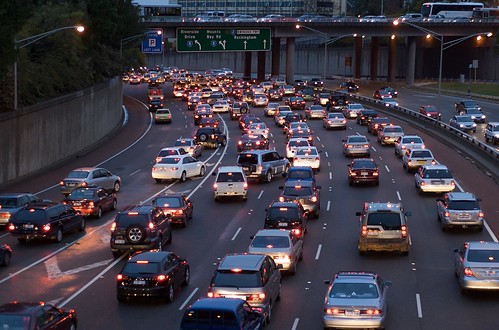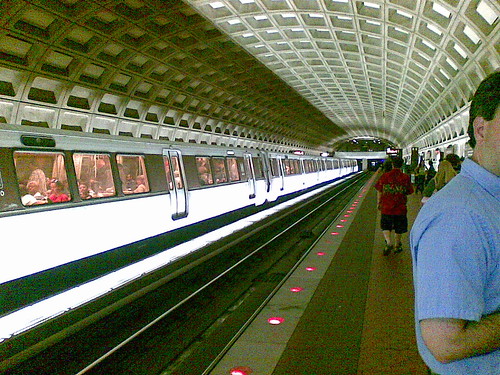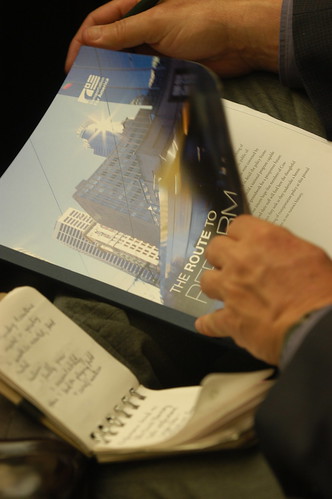Brookings: Shrinking the Carbon Footprint of Metropolitan America
(Source: The Brookings Institution)
The Obama administration’s move to increase vehicle fuel economy standards and reduce greenhouse gas emissions addresses the source of one-third of U.S. CO2 emissions—transportation. In this report, the authors analyze the current state of carbon emissions by metropolitan area, listing the places that emit the least per capita and proposing policy avenues to move the entire nation toward reduced climate impact.
America’s Challenge
The nation’s carbon footprint has a distinct geography not well understood or often discussed. This report quantifies transportation and residential carbon emissions for the 100 largest U.S. metropolitan areas, finding that metro area residents have smaller carbon footprints than the average American, although metro footprints vary widely. Residential density and the availability of public transit are important to understanding carbon footprints, as are the carbon intensity of electricity generation, electricity prices, and weather.
Limitations of Existing Federal Policy
Numerous market and policy distortions inhibit metropolitan actors from more aggressively addressing the nation’s climate challenge. Economy-wide problems include underpriced energy, underfunded energy research, missing federal standards, distorted utility regulations, and inadequate information. Policy impediments include a bias against public transit, inadequate federal leadership on freight and land-use planning, failure to encourage energy- and location-efficient housing decisions, and the fragmentation of federal transportation, housing, energy, and environmental policies.

A New Federal Approach
Federal policy could play a powerful role in helping metropolitan areas—and so the nation—shrink their carbon footprint further. In addition to economy-wide policies to motivate action, five targeted policies are particularly important within metro areas and for the nation as a whole:
- Promote more transportation choices to expand transit and compact development options
- Introduce more energy-efficient freight operations with regional freight planning
- Require home energy cost disclosure when selling and “on-bill” financing to stimulate and scale up energy-efficient retrofitting of residential housing
- Use federal housing policy to create incentives for energy- and location-efficient decisions
- Issue a metropolitan challenge to develop innovative solutions that integrate multiple policy areas








